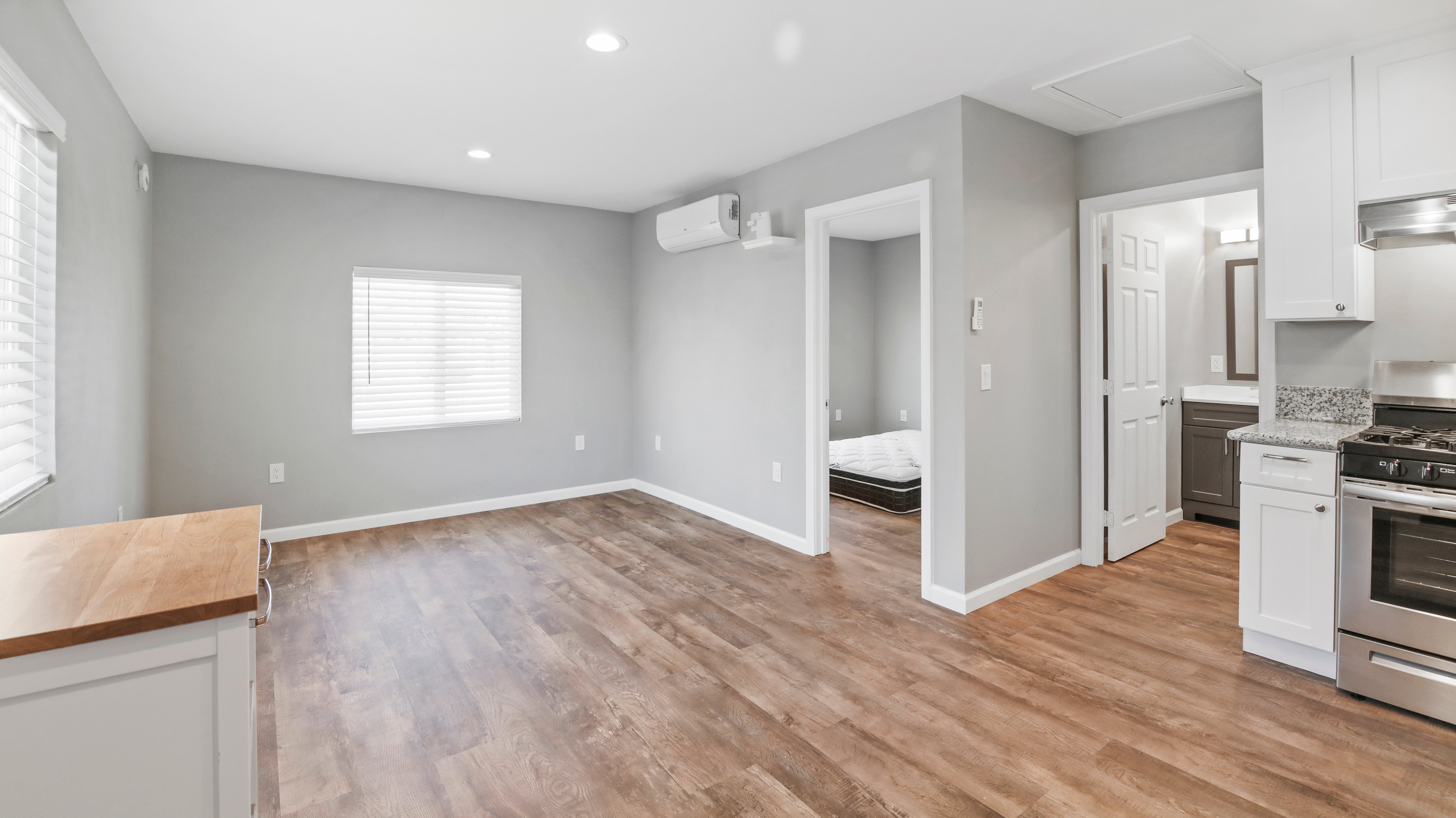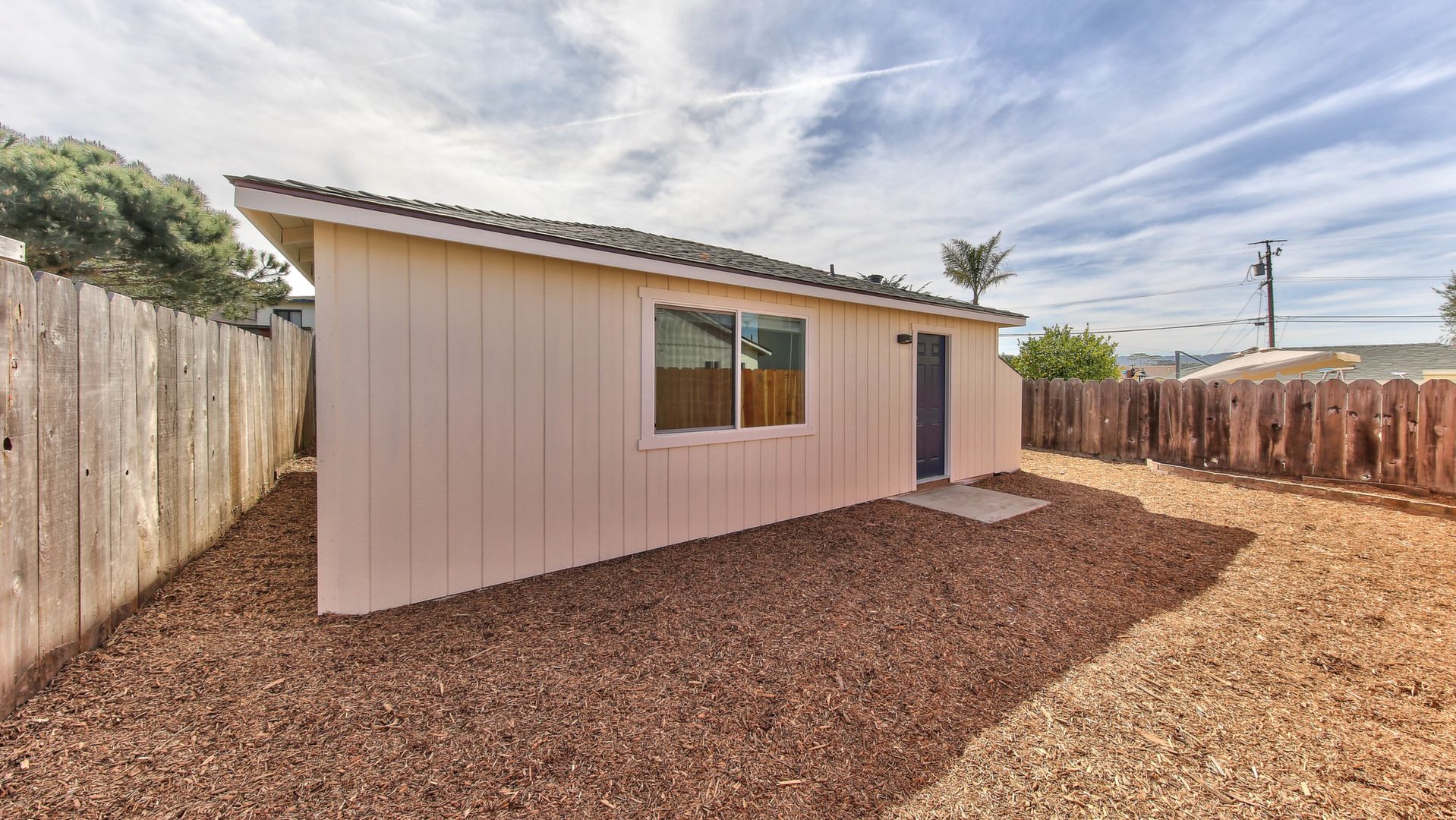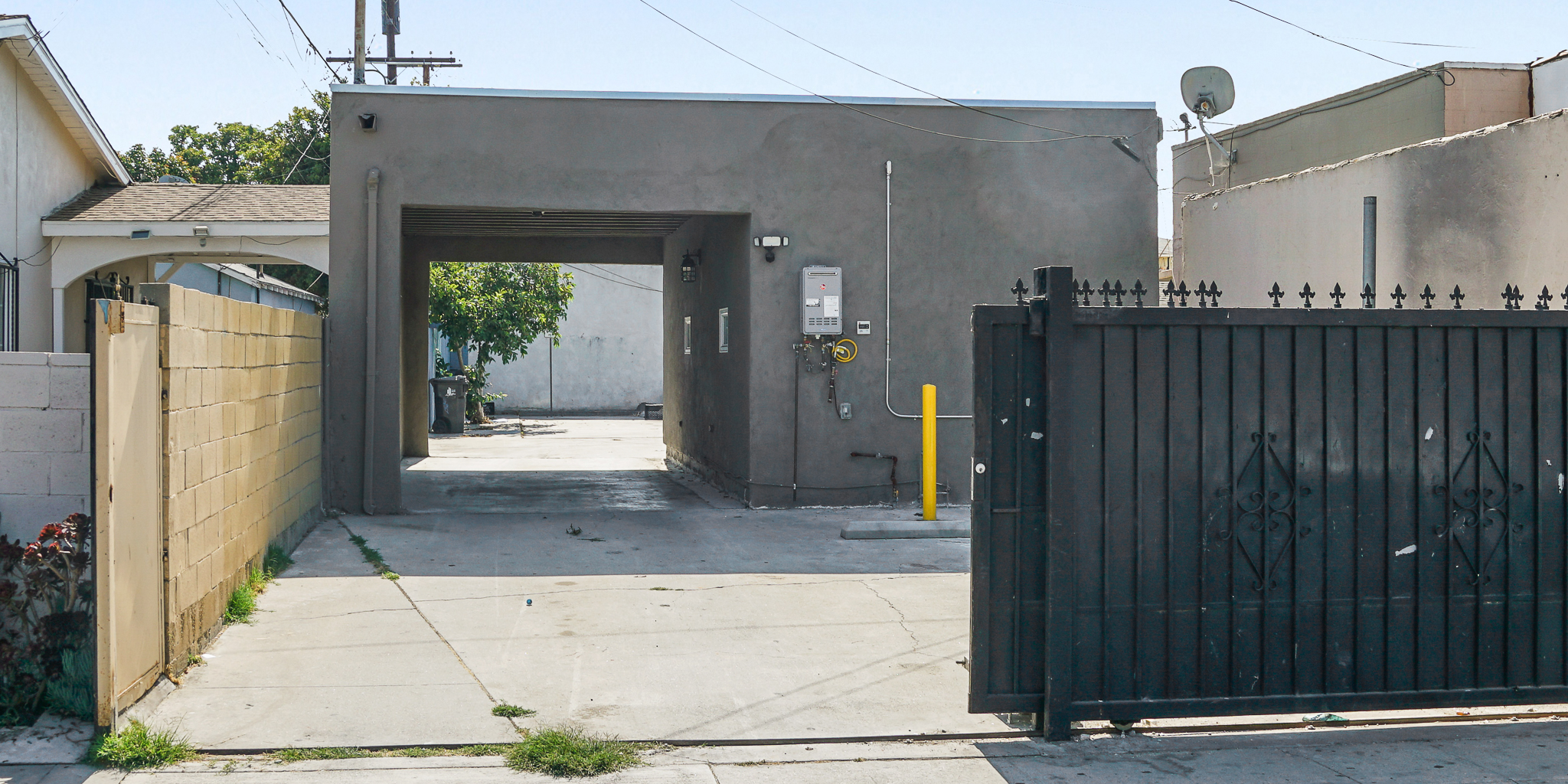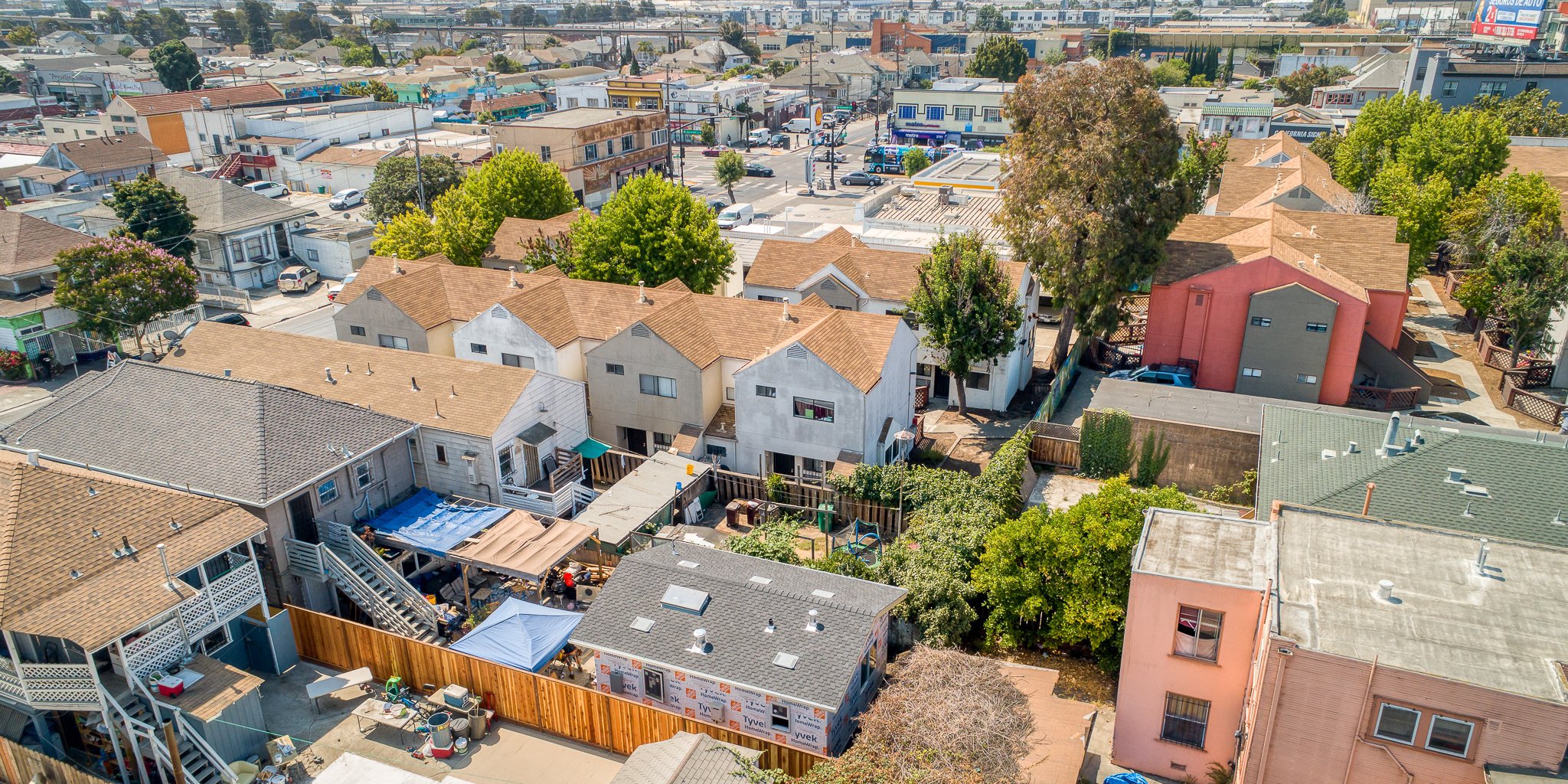Malibu updating ADU Ordinance and Housing Element to meet state law
The cost of first-time-housing is higher in California than the national average, limiting first time homebuyers and in some cases, pricing them out of the market entirely, and the cost of housing in California has only increased during the pandemic. Malibu, like most of southern California, is facing a state mandate to accommodate and plan for growth every ten years. Malibu needs to plan for just about 80 low to moderate income units, compared to Los Angeles County’s 812,060 and the larger Southern California area’s 1,341,827.
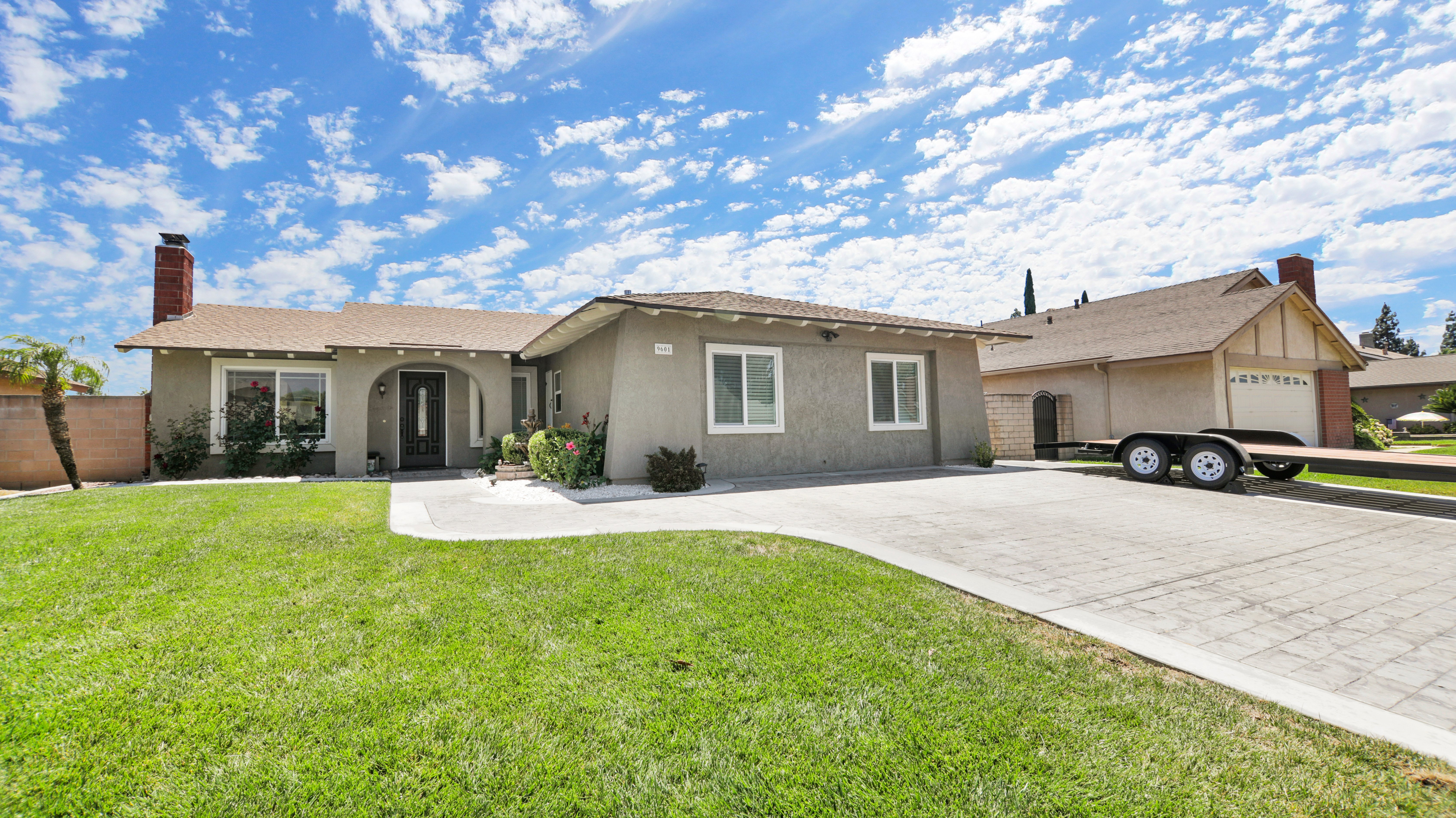
But Malibu, also like much of California, is still recovering from recent fires. Only 12% of the homes destroyed by the Woolsey Fire, which consumed almost 100,000 acres of land and $1.6 billion in property in the winter of 2017, have been rebuilt. In an effort to stimulate fire reconstruction and to mitigate the economic impacts of the pandemic, the city provided permit waivers for certain residential projects which saved homeowners around $15,000 in permit fees.

Woolsey Fire Map, LA Times
On November 15 the Malibu Planning Commission held a public hearing to review the state mandated update of the Housing Element. The hearing was the fourth public meeting regarding the Housing Element update since the initial public workshop in June of 2021. The plan has received public input and has also been reviewed by Housing and Community Development (HCD), city staff, and the Planning Commission. The Housing Element is part of the City’s General Plan and requires updates every 8 years.
What is different about the Housing Element from the rest of the General Plan is that it requires extensive State oversight. In California State law there are several guiding principles to prepare the Housing Element chapter including meeting projected housing goals, minimizing housing restraints, ensuring fairness in housing, and maintaining and improving existing housing. The five chapters of the Housing Element cover the evaluation of previous elements, a land inventory, public participation summary, a guide to terms used, and contributing factors to fair housing which includes the policies and programs the City will use to reach the fair housing goals.
Malibu City staff recommended that the Planning Commission adopt the proposed updates of the Housing Element at the November 15 Planning Commission meeting. The city has been working on the updates for most of 2021. Key Housing Element changes include prioritizing an expansion of the ADU supply by amending the ADU ordinance, streamlining the development review process for affordable housing, and furthering fair housing by improving the shelter parking standards and lowering barriers to navigation centers.
This is the 6th time the Housing Element has been updated in Malibu and the process is relatively easier than in the past. There were no zoning changes so there was no Environmental Impact Review. The Planning Commission voted unanimously to approve the updates and the Housing Element will likely be approved by city council by the end of 2021, after which the state will likely ratify it.
Among other considerations regarding the future of housing in Malibu is the latest state legislation drafted to increase access to affordable housing, SB9. City staff don’t believe SB 9 will impact development much in the city since the entire jurisdiction is located within the Coastal Zone and is subject to Coastal Commission oversight.
What may impact the City is the current update of their ADU ordinance. The Malibu Planning Commission will hold a public hearing via teleconference on December 6, 2021, at 6:30 p.m. The meeting will be livestreamed at malibucity.org/video or malibucity.org/VirtualMeeting, public participation is welcome but will require the Zoom application. The updates to the Malibu City ADU ordinance will focus entirely on bringing the city’s ordinance into compliance with State Law. The biggest change coming is to amend the Local Coastal Zone ordinance to allow for second units by right.
You can learn more about building an ADU here.
